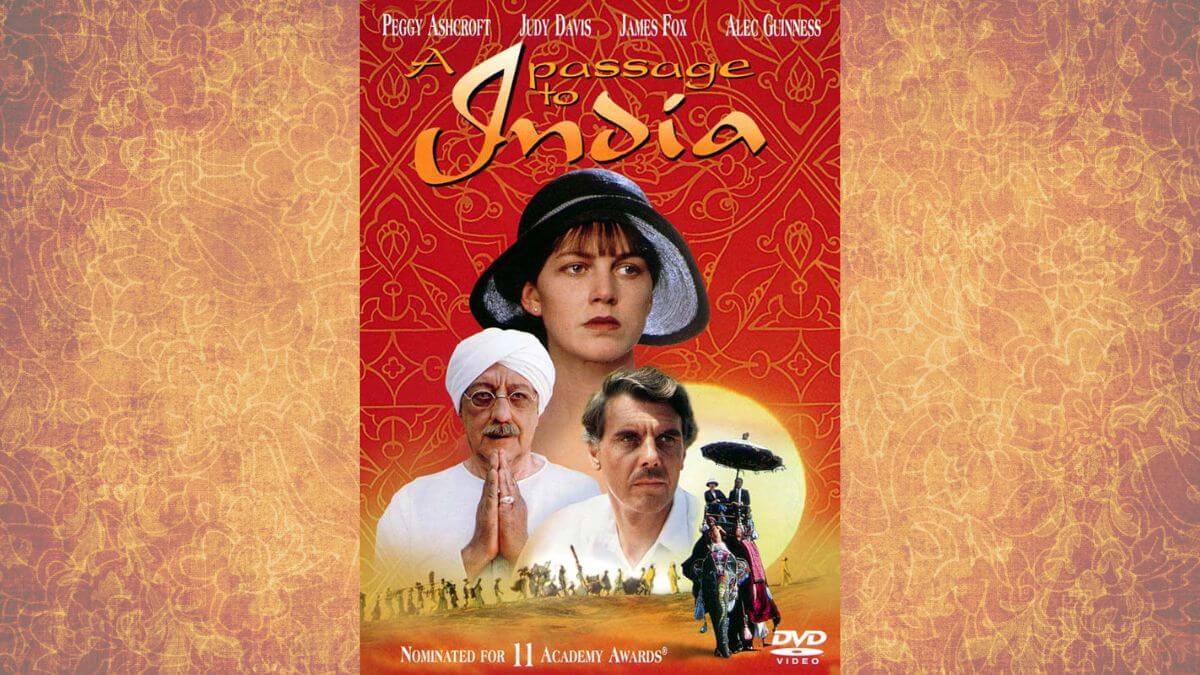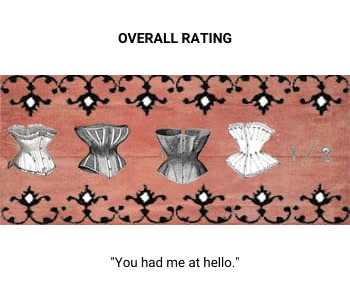A Passage to India (1984) is a film adaptation of E.M. Forster’s masterpiece of the same name. It is acceptable that things are ‘lost in translation’ from book to screen. However, the movie on its own is well done.

Directed by David Lean and starring Peggy Ashcroft (Mrs. Moore), Judy Davis (Adela Quested), and Victor Banerjee (Dr. Aziz), the movie is worth a watch for the ways in which the classical characters deftly act out with utmost poignancy. Equally important are the dialogues which point out the psychological intricacies worked out in the movie.
My dear, life rarely gives us what we want at the moment we consider appropriate. Adventures do occur, but not punctually. –Mrs. Moore
Summarizing A Passage to India
The principal plot is triggered by Adela Quested’s fascination with ‘India’. Dr.Aziz, on the other hand, is an ‘isolated’ young doctor whose simplicity initially stretches to liberalism. He becomes a friend of Richard Fielding at the bridge party, who then introduces him to the visitors.
Therein, he boisterously undertakes the job of introducing India to Adela and Mrs. Moore through their journey to the Marabar Caves.
The plot takes a turn after the Marabar expedition when Mr. Aziz is falsely accused of physically assaulting Adela. Adela gradually recounts the incident at court and eventually confesses the truth.
However, the elderly Mrs. Moore (Adela’s soon-to-be mother-in-law) is the one who is the emblem of wisdom. She is both sarcastic and deeply hurt by her son’s psychological shallowness. It is, hence, that she comments on Adela’s stupidity in accusing Aziz and Ronny’s decision to marry Adela.
All this rubbish about love. . . Love in church, love in cave, as if there were the least difference. . .
Characters- In India and Beyond
The movie builds on the theme of the ‘clash of civilizations’. On another level, it explores the nuances of human relationships. It goes beyond branding people based on caste and race to undermine further complications that have always threatened human relationships.
God has put us on earth to love and help our fellow men. –Mrs. Moore
Out of all the characters, Mrs. Moore is the real ‘good’ woman in the movie; her emotions always foreshadow the future. Her son, Ronny Heaslop, seems to lack the maturity and kindness needed to understand an alien group of people from a different culture.
Dr. Aziz is the ‘hero’ who embodies various versions of love experiences in his life and is vividly explicit about them all. Adela Quested is a character who evokes the audience’s curiosity through her deeds, and Mr. Cyril Fielding and Stella seem to represent an ideal couple after their marriage. The characters altogether give us a panoramic view of society and human bonds.
The Ambience – The absorbing ‘passage’ through India
The British colony of Chandrapore is the foundational backdrop of the story. Chandrapore is both fascinating and ruins. The beauty of the place is unfurled as the plot moves from the enchanting mosque to the temple and caves.
Related Classic Review: The Remains of the Day – A Quiet Masterpiece
The ocean, amidst the scenes of love and hatred, also seems to be a cipher for implicit emotions. The vast expanse of the moonlit ocean is also a thought-provoking symbol for the audience. Besides this, the film best tries to bring in the fervor of the British colonial Raj in India and the antique Indian patriotism.
Overall thoughts about A Passage to India
The movie combines love, violence, and intrigue. However, as a refashioning of a significant modern ‘classic,’ it is a must-watch.
Content Note: Rated PG, A Passage to India includes a few scenes of intimacy and implied violence.
Where to Watch: A Passage to India is available to rent/buy digitally or on DVD.
Photo Credit: Columbia Pictures/Thorn EMI Screen Entertainment



